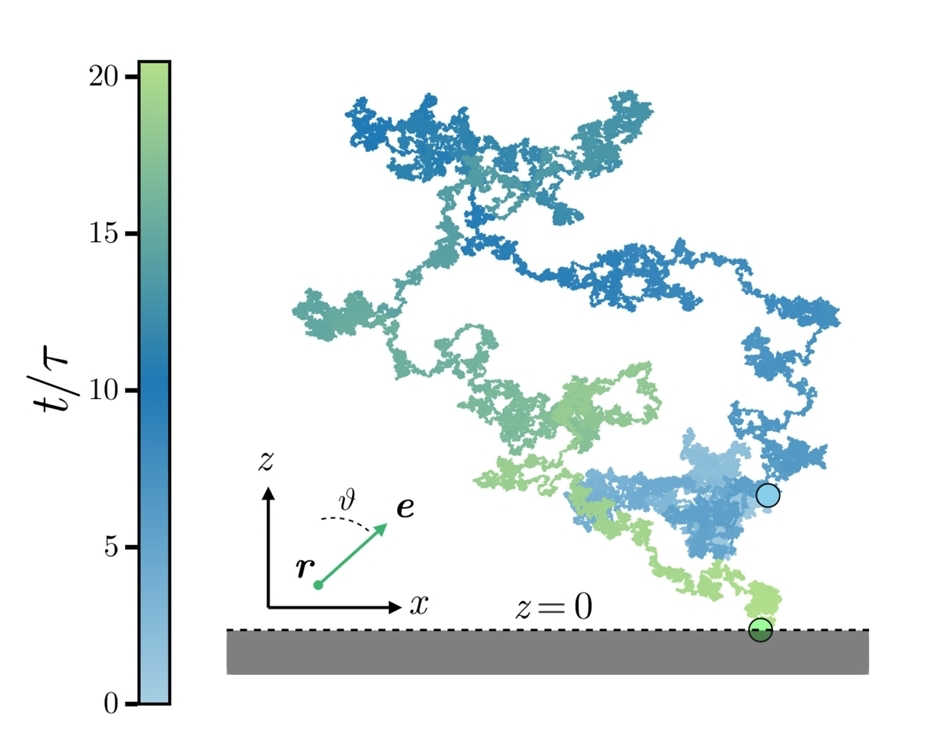<< ️Brownian diffusion subject to stochastic resetting to a fixed position has been widely studied for applications to random search processes. In an unbounded domain, the mean first-passage time at a target site can be minimized for a convenient choice of the resetting rate. >>
<< ️Here (AA) study this optimization problem in one dimension when resetting occurs to random positions, chosen from a probability density function with compact support that does not include the target. Depending on the shape of this distribution, the optimal resetting rate either varies smoothly with the mean distance to the target, as in single-site resetting, or exhibits a discontinuity caused by the presence of a second local minimum in the mean first-passage time. These two regimes are separated by a critical line containing a singular point that (They) characterize through a Ginzburg-Landau theory. >>
<< ️To quantify how useful is a given resetting point for the search, (AA) calculate the probability density function of the last resetting position before absorption. The discontinuous transition separates two markedly different optimal strategies: one with a small resetting rate where the last path before absorption starts from a rather distant but likely position, while the other strategy has a large resetting rate, favoring last paths starting from not-so-likely points but which are closer to the target. >>
Pedro Julián-Salgado, Leonardo Dagdug, Denis Boyer. Abrupt transitions in the optimization of diffusion with distributed resetting. Phys. Rev. E 112, 044110. Oct 6, 2025.
arXiv: 2507.14483v2 [cond-mat.stat-mech]. Oct 7, 2025.
Also: random, transition, in https://www.inkgmr.net/kwrds.html
Keywords: gst, randomness, transitions, stochastic resetting, small-- large resetting rate.









